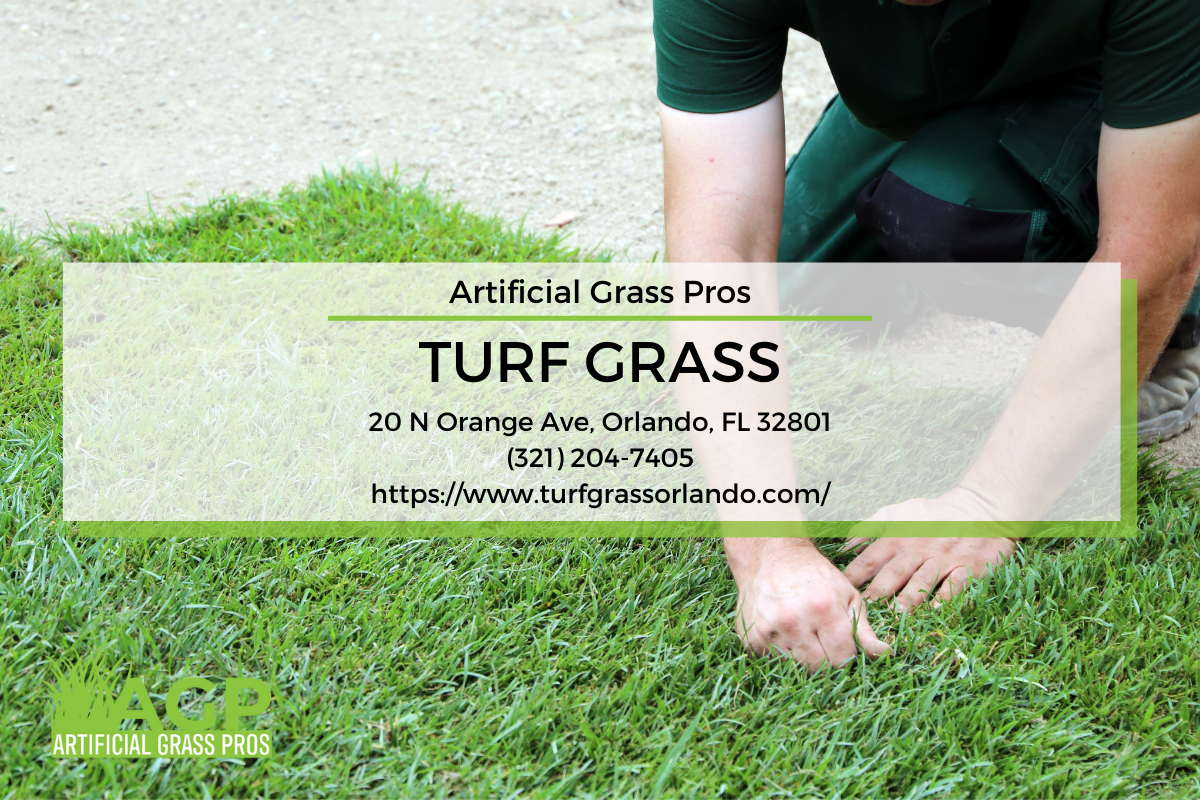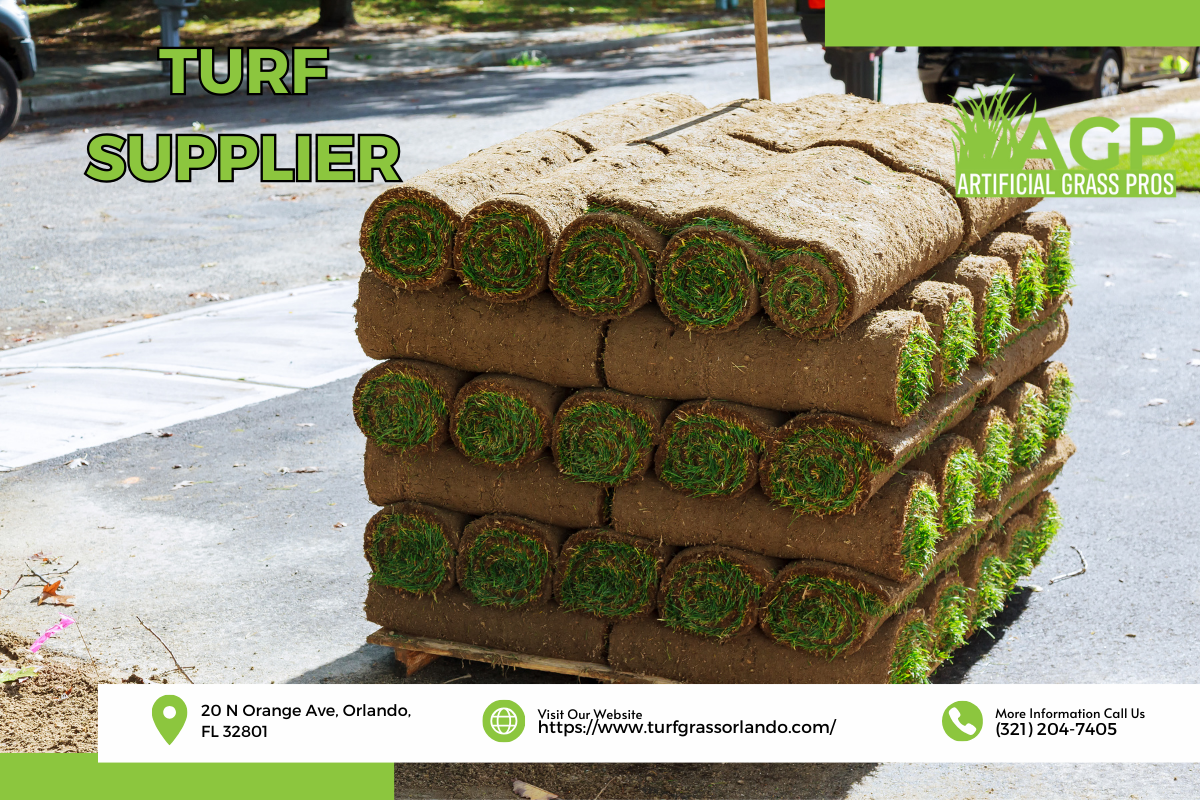
“Landscaping Tips: How to Blend Natural Plants with Synthetic Grass”

Introduction
Creating a harmonious outdoor space that seamlessly integrates natural plants with synthetic grass can be a daunting task, but it’s entirely achievable with the right guidance and planning. In recent years, artificial turf has become increasingly popular due to its low maintenance and aesthetic appeal. However, many homeowners are unsure how to effectively combine this synthetic option with live flora. This article delves into landscaping tips that will help you blend natural plants with synthetic grass, ensuring that your outdoor area remains vibrant and inviting.
Landscaping Tips: How to Blend Natural Plants with Synthetic Grass
When it comes to landscaping, achieving a balance between natural plants and synthetic grass is essential for creating a visually appealing environment. Artificial grass installation offers numerous benefits, including water conservation and reduced maintenance. However, maintaining the natural aesthetic requires thoughtful planning.
1. Understanding Artificial Grass Types
1.1 What are the Different Types of Artificial Grass?
Artificial grass comes in various types designed for specific uses—residential lawns, sports fields, or decorative gardens. Understanding these types is crucial when blending them with natural plants.
- Nylon Turf: Known for its durability and resilience.
- Polyethylene Turf: Offers a more realistic look and feel.
- Polypropylene Turf: Generally less expensive but not as durable.
1.2 Choosing the Right Type for Your Space
What type of artificial turf should you choose? Consider factors like foot traffic, climate conditions, and intended use to select the best option for your landscaping project.
2. Benefits of Blending Natural Plants with Synthetic Grass
2.1 Why Combine Natural Plants with Artificial Turf?
Combining both elements creates a diverse landscape that enhances visual interest while providing practical benefits.
- Low Maintenance: Synthetic grass requires minimal upkeep compared to traditional sod.
- Water Conservation: Blending reduces overall water consumption.
3. Selecting the Right Plants
3.1 What Types of Plants Work Well with Synthetic Grass?
Choosing the right plants is key to successful integration.
- Drought-Tolerant Plants: Succulents and ornamental grasses thrive alongside astroturf.
- Perennials: These offer seasonal blooms without requiring excessive care.
3.2 Planting Considerations
When selecting plants, consider their growth habits, color palettes, and compatibility with artificial turf materials.
4. Planning Your Landscape Design
4.1 Creating a Cohesive Plan
Begin by sketching out your landscape design on paper or using landscaping software to visualize the final result.
- Decide where you want synthetic grass areas versus planting beds.
- Include pathways or borders that separate synthetic turf from natural plantings.
4.2 Using Layers in Your Design
A layered approach adds depth and dimension to your landscape:
- Place taller plants at the back or center areas.
- Use shorter groundcover around edges for a seamless look.
5. Preparing Your Site for Installation
5.1 Ground Preparation Steps
Before artificial grass installation can occur:
6. Artificial Grass Installation Process
6.1 Step-by-Step Guide
The installation process involves several key steps:
7. Integrating Natural Plants Post-Installation
7.1 Timing Is Everything
When should you add natural plants after installing artificial turf? It’s best done immediately after installation while soil is still fresh for planting.
8. Watering Needs for Blended Landscapes
8.1 How Much Water Do Your Plants Need?
Natural plants will still require watering; however, synthetic grass eliminates traditional lawn watering needs:
- Use drip irrigation systems for efficient watering of plant beds.
9. Maintenance Tips for Blended Landscapes
9.1 Routine Care Guidelines
Regular maintenance ensures longevity:
- Remove debris from artificial turf regularly using a leaf blower or rake.
- Trim overgrown plants to avoid crowding near turfed areas.
10. Choosing an Artificial Grass Supplier
10.1 Factors To Consider When Selecting a Supplier
How do you choose the right artificial grass supplier? Look for quality products backed by excellent customer service:
- Check reviews and testimonials from previous customers.
FAQs About Landscaping Tips
FAQ #1: Can I plant directly into artificial grass?
No, planting directly into artificial grass isn’t advisable as it lacks soil nutrients necessary for plant growth; instead use planting beds around it.
FAQ #2: Will weeds grow through synthetic grass?
While weeds are less likely to grow through turf due to its construction, some may sprout along seams; regular maintenance can prevent this issue.
FAQ #3: Does synthetic turf get hot in sunlight?
Yes, artificial turf can retain heat; consider shade options like umbrellas or trees nearby if heat retention is concerning during hot months.
FAQ #4: How do I clean my synthetic turf?
Cleaning involves rinsing with water occasionally; remove pet waste promptly using designated tools specifically designed for this purpose!
FAQ #5: Can I install both sod and synthetic turf together?
Absolutely! Many homeowners opt for blended landscapes featuring both elements based on specific needs – just ensure proper transitions between types!
FAQ #6: Is there any environmental impact from using artificial turf?
While they conserve water significantly over time compared to traditional lawns; sourcing materials responsibly matters too! Always check eco-friendly certification from suppliers before purchase!
Conclusion
Blending natural plants with synthetic grass can transform your outdoor space into an oasis of beauty while maintaining practicality and sustainability throughout all seasons! By following these landscaping tips—ranging from understanding different types of artificial grasses available on today’s market through careful planning—you’ll create an inviting atmosphere suitable not just aesthetically but beneficially too! So dive in today; unleash creativity within each corner of your garden sanctuary!
In conclusion, leveraging these insights not only enhances curb appeal but also supports eco-friendly practices fostering healthy ecosystems right at home!